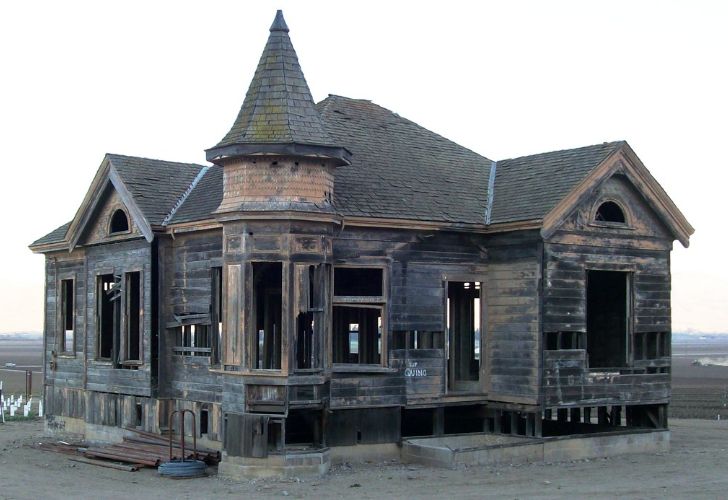Often times, a building is used for one of two reasons: to give space to a large number of people, for either work or living; or simply to show ones power and influence. These structures are some of the most expensive ones in the world. So why did they just get abandoned like that? It seems like such a waste of time and money. Here are some of the most expensive, yet abandoned structures in the world.
Ryugyong Hotel
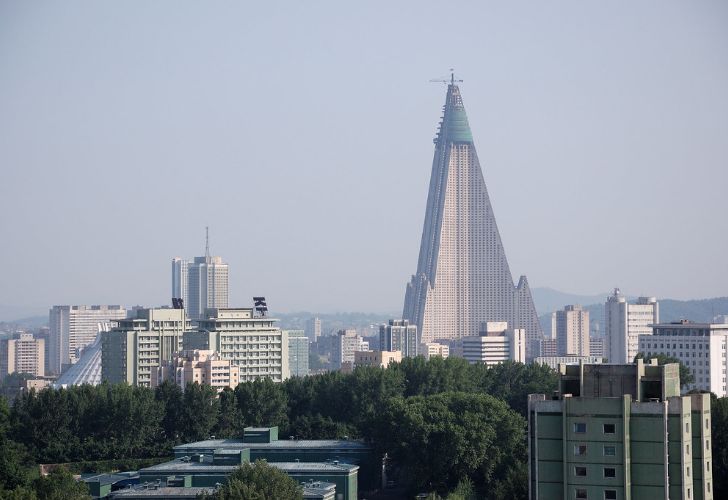
Ryugyong Hotel, a 1,080 foot tall tower, was built in 1987 for $750 million in Pyongyang, North Korea. Of course, it was intended to be used as a hotel, but it was never finished. There were plans for a partial opening in 2018, but that never went through. Construction took a long time, but eventually they just abandoned the project. It looks like it’ll never open its doors now.
Land Of Oz
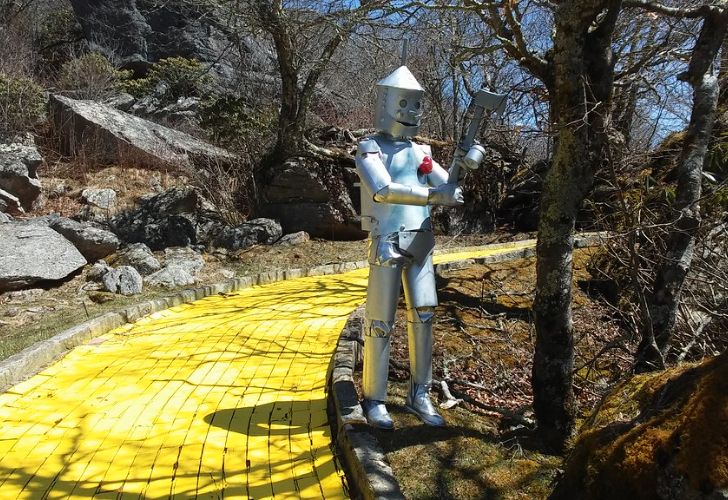
There’s nothing more magical than the Land of Oz, as portrayed in The Wizard of Oz film. It was built in 1970 by Carrie Fisher of Star Wars fame in North Carolina. It was designed by Jack Pentes and cost $five million to create. Over 44,000 bricks were glazed yellow to create the famous Yellow Brick Road. Unfortunately, in 1975, a fire destroyed two buildings containing a great deal of the park’s equipment. And after struggling for another five years, the park closed in 1980. It’s been wasting away ever since.
The Aquatics Stadium (Rio De Janeiro)
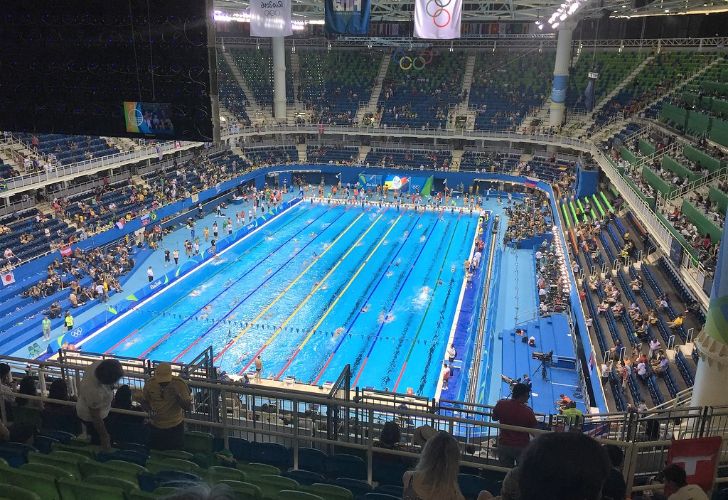
This is a rather recent abandoned structure. When Rio de Janeiro won its bid for the 2016 Olympics, they were to construct a variety of stadiums for the event. One such stadium was the aquatics stadium, with construction starting in 2014. It cost $38 million to build and was certainly a spectacle when it was in use. However, as with many Olympic stadiums, it had no real purpose after the games were concluded. Its been wasting away ever since.
San-Zhi Pod City
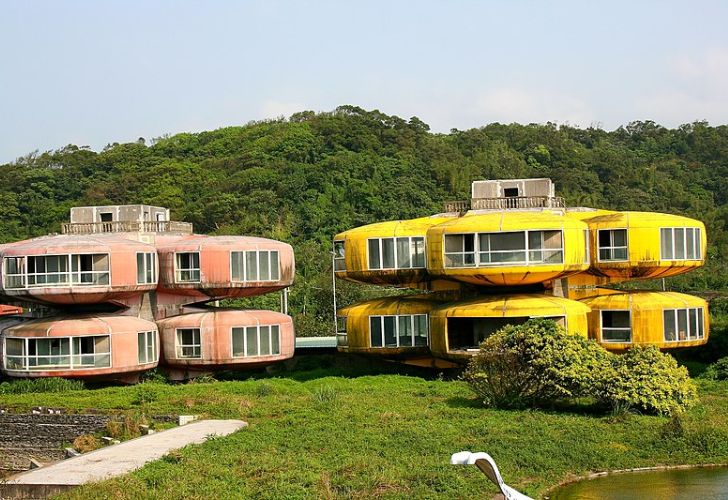
San-Zhi’s Pod City was an interesting project that started back in 1978 in Taiwan. It was originally planned to be a vacation spot for U.S. military officers, but the project was never completed. A series of strange occurrences led to investors backing out in 1980. The project was since abandoned, although some explorers still check out the area. The entire project cost $50 million.
Buzludzha Monument
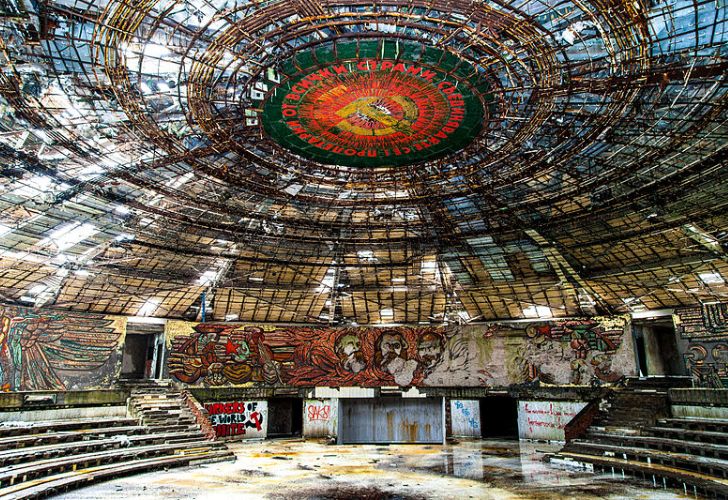
The Buzludzha Monument sits atop Buzludzha Peak in central Bulgaria. It serves as a reminder of the Bulgarian Communist Party, with construction beginning in 1974. It was designed by Georgi Stoilov. When it was finished in 1981, it had cost around $35 million (adjusted for inflation). There were many fine details, including extensive mosaics that covered over 90 square meters. However, the monument was abandoned in 1989. Weather, vandals, and other factors have negatively impacted the overall design. There’s a project to preserve what’s left, however.
Istana Woodneuk
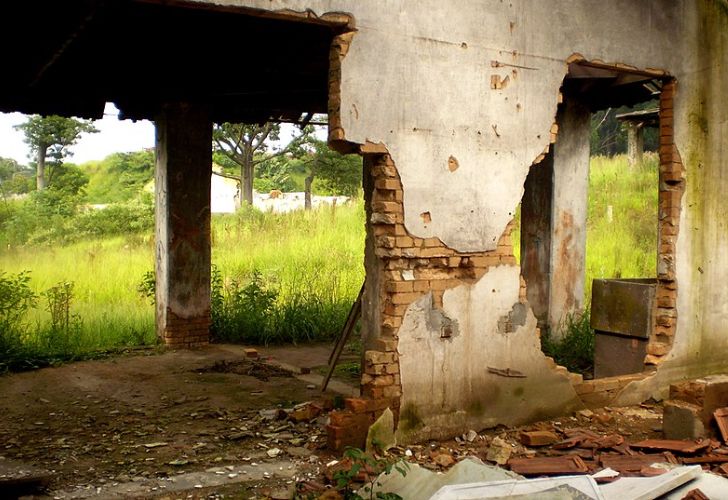
Near the Singapore Botanic Gardens is a palace known as Istana Woodneuk. It was built in 1932 as the home for Sultan Ubrahim and his wife, Sultanah Helen, a Scottish-born woman. The government purchased the house, as well as the estate Tyresall Park, in 1990, but there were no efforts to restore it. The property had apparently cost $3.7 billion in the first place. And when a fire completely destroyed the property in 2006, the place was practically done for.
Burj Al Babas
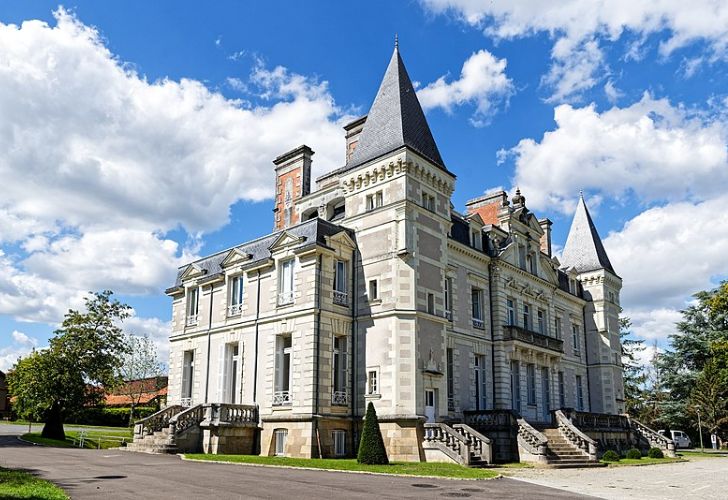
Developers in 2014 decided to build the Burj Al Babas, a Turkish building situated between Istanbul and Ankara. It was intended to be the construction of several pristine homes, luring in buyers looking for vacation homes. It was a $200 million investment that made plenty of sense. However, the company that made the investment busted in 2018, leaving these homes unfinished. And no one’s taken over the project since then.
Haludovo Palace Hotel
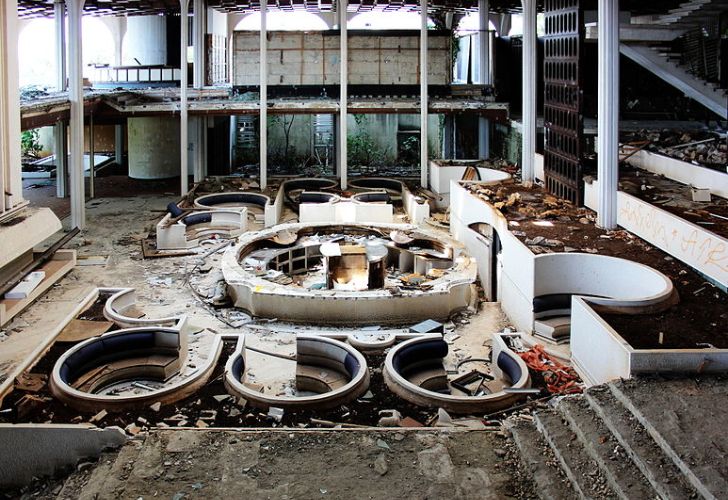
The Haludovo Palace Hotel opened in 1972, and it quickly gained a reputation for as an establishment for the elite. It was an incredibly lavish location in what was then part of Yugoslavia (presently Croatia). It made sense, considering it cost $45 million to create. But by the next year, the casino had already gone bust and closed down. New managers attempted to salvage the rest, but it didn’t pan out. The structure’s still closed today, however new developers plan to redevelop the location.
Chernobyl
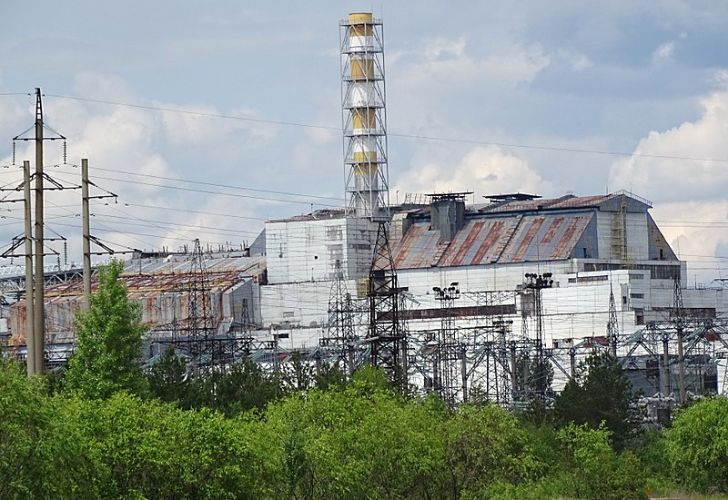
Everyone knows what Chernobyl is. Anyone that doesn’t clearly doesn’t know much about history. It’s a real shame, as the city was built in 1193. If the nuclear power plant there hadn’t suffered a meltdown, it might still be a bustling community. Of course, the cost of everything was around $1.5 billion.
Hashima Island
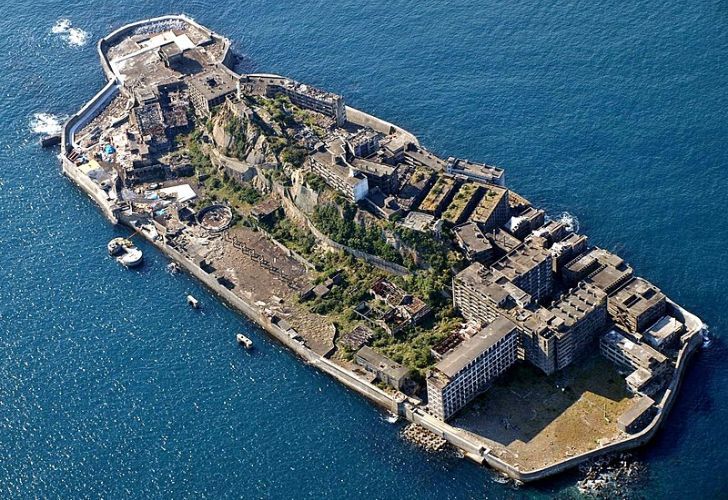
Hashima Island is 16 acres long and is one of the abandoned island in Nagasaki, Japan. Back in 1959, only 5,000 people lived there. But now it’s a ghost town. All the resources of the town, namely coal, had been fully tapped by 1974. Because of the remnants of civilization, it’s become a UNESCO World Heritage Site, so it still draws in some tourists. However, the weather can be a bit harsh, making it only logical to visit during certain times of the year. The town was worth around $50 million.
Balaklava Submarine Base
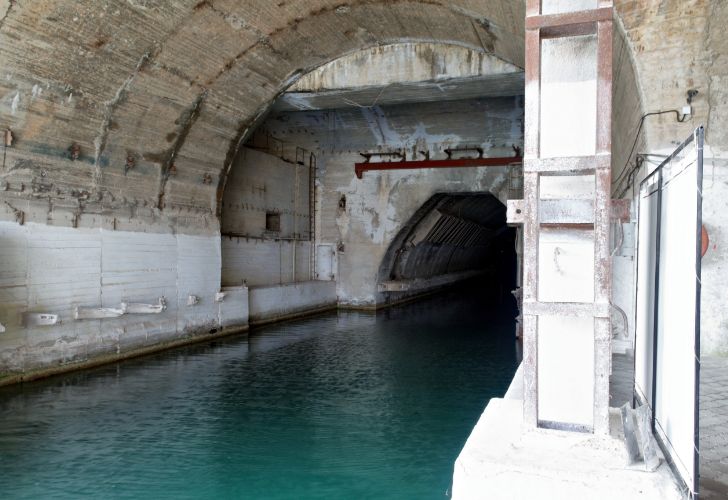
The Balaklava submarine base is located in the Ukrainian city of the same name. It was commissioned in 1953 by Joseph Stalin, wanting to design top secret projects and hidden locations to store submarines. It took eight years and $1.3 billion to build, but Stalin got what he wanted. But by 1993 it was closed completely and left entirely unsecured. It later became the property of the Ukrainian army and is currently a military museum.
Athens Olympics Venue
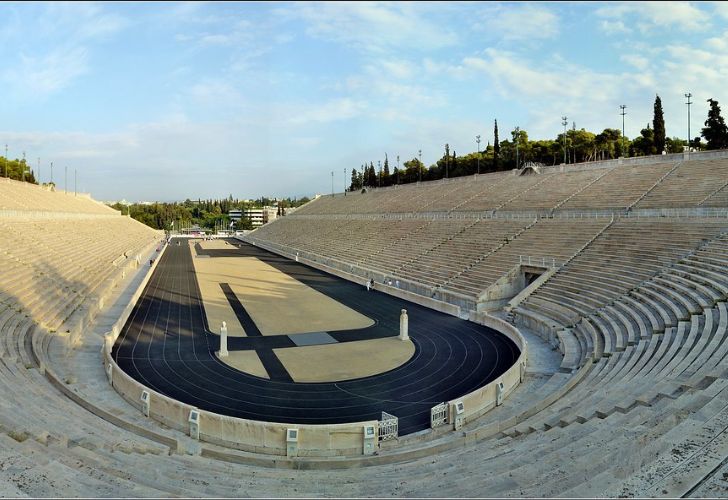
Another Olympics venue, this one was built in Athens, Greece for the 2004 Olympic Games. The city spent $11 billion on the Olympics in general, with $160 million going specifically to the Olympic Village and its accommodations. Despite how much money went into it, it was, of course, abandoned as soon as the games were concluded. The government hoped to turn the locations into housing, but a majority of the village was never repurposed.
Canfranc International Railway Station
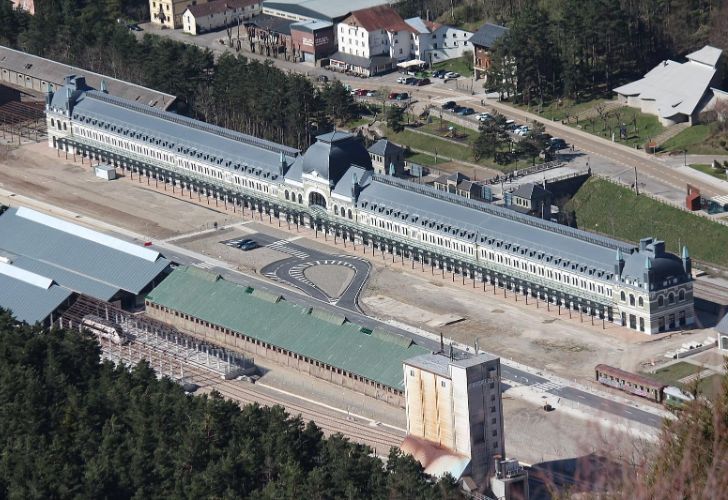
Canfranc International Railway Station was built to act as a major hub for traffic between Spain and France. However, construction of the station was constantly interrupted by war, namely the Spanish Civil War and World War II. Half it is still up and running though. There are only a few trains on the Spanish side and absolutely none on the French side. The site is overall derelict and would cost $453.9 million to completely refurbish it.
SS Ayrfield
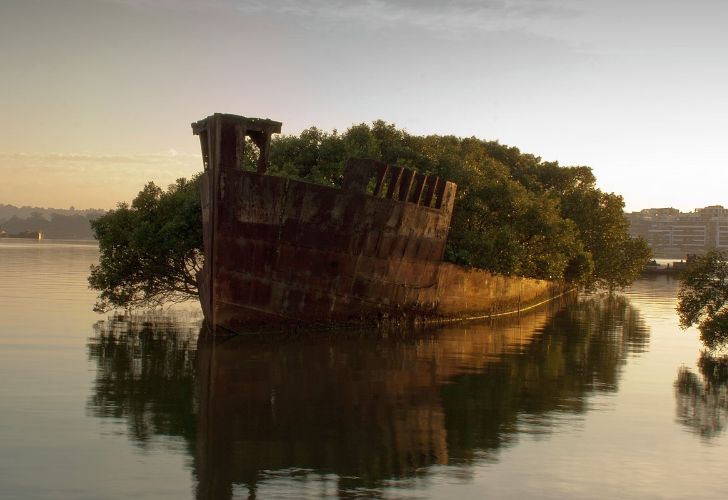
The SS Ayrfield was originally known as the SS Corriman, a warship constructed by the UK in 1911. It was later changed into a steam collier, transporting supplies to American troops in the Pacific. And after World War II ended, it was renamed the SS Ayrfrield. In 1972, the ship was sent to Homebush Bay, where Australia sends its ships it no longer needs. It floated there for decades and ended up becoming a forest of mangrove trees. Funny way for a ship worth $68.03 million to end up.
Spreepark Amusement Park
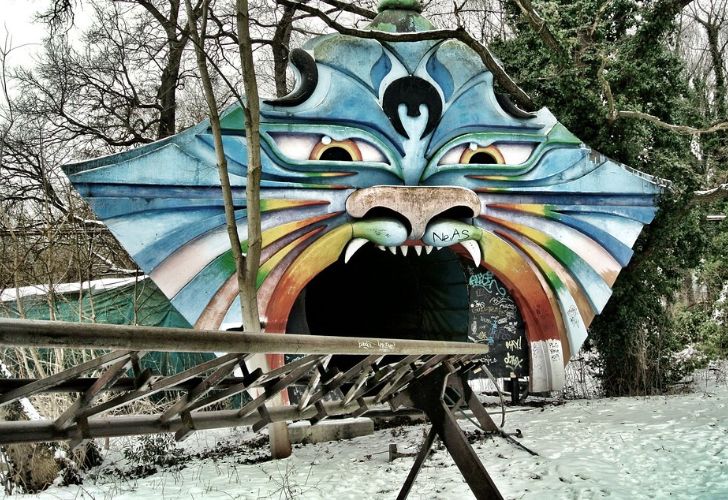
Spreepark is an amusement park in Berlin, Germany. Or at least it was. It cost $65 million to create and opened in 1969. At its peak, it had 1.5 million visitors a year and covered nearly 80 acres. The park did really well until 1999. Debt and low visitation started to cripple the part economically, forcing them to increase admission fees. And then admission dropped even more. They filed for bankruptcy in 2001 and the park was officially abandoned in 2002.
Sea Monster Oil Rig
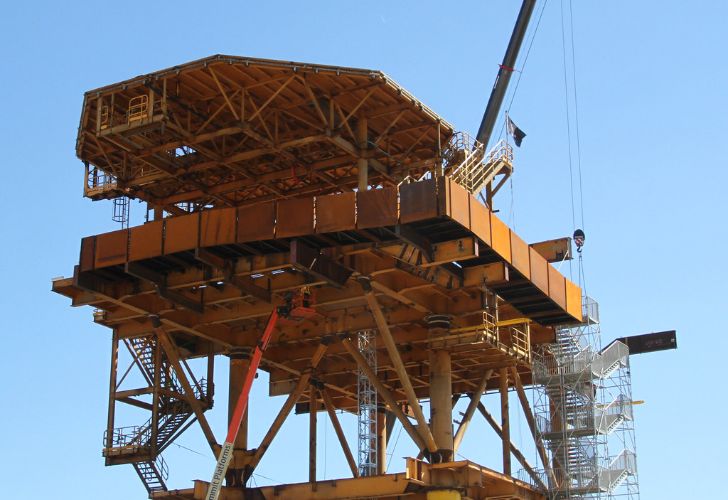
In England, there is an oil rig that cost $158.3 million to create. It was called the Sea Monster. It was fully decommissioned in 2022, making it one of the newest items on this list. It spent a year in a shipyard in the Netherlands before it was decommissioned and is being stripped, cleaned, and fixed. That’s because it’s not entirely abandoned. It’s actually being turned into a green art installation.
The Swindon Mechanics’ Institute
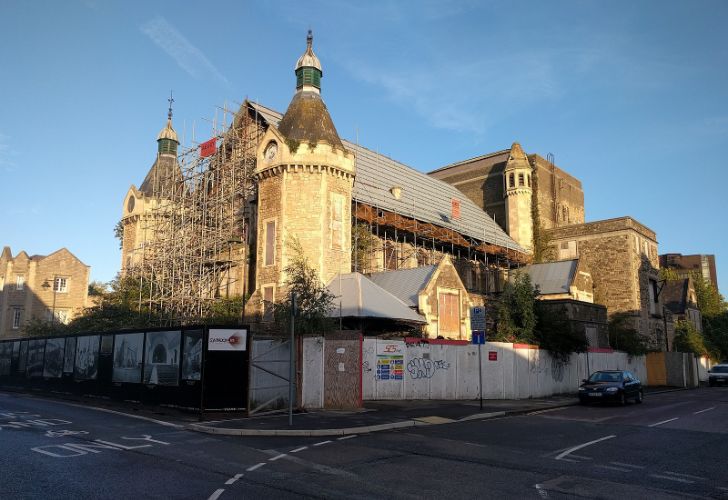
The Swindon Mechanics’ Institute was founded in 1855 in the city of the same name in England. It’s a Grade II building, part of a conservation area with a railway village. It once served workers from the nearby Swindon Railway Works. In the 20th Century it was turned into a theater, but was closed in 1986. And it’s remained in disuse ever since. The company Forefront took ownership of the building in 2002, but they dissolved in 2012 without having done anything with the institute. This is a case of the building, itself, not being exuberantly expensive, but it would cost $34.28 million to repair.
Chatanika Gold Dredge #3
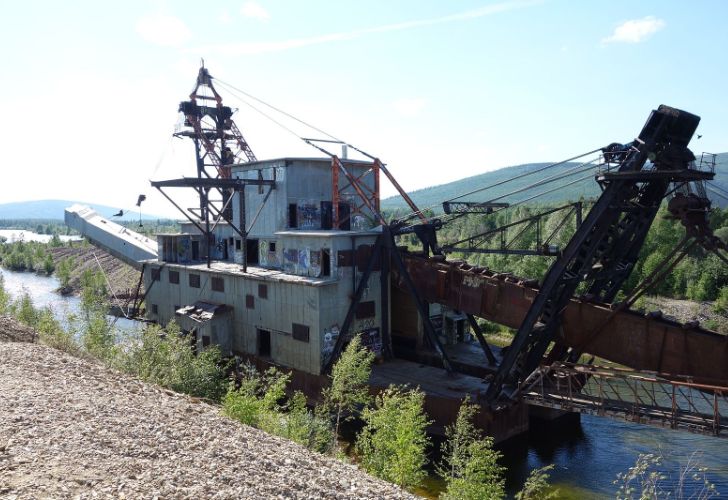
The Chatanika Gold Dredge #3 is 25 miles outside of Fairbanks, Alaska. It was established in 1923 as a mining operation and extracted over $70 million worth gold over 30 years. At one point, the mining population numbered 10,000, greater than the entire population of Fairbanks now. However, the dredge continued to change hands starting in the 60s to 1997. It was left abandoned to preserve Alaskan history.
Bodie
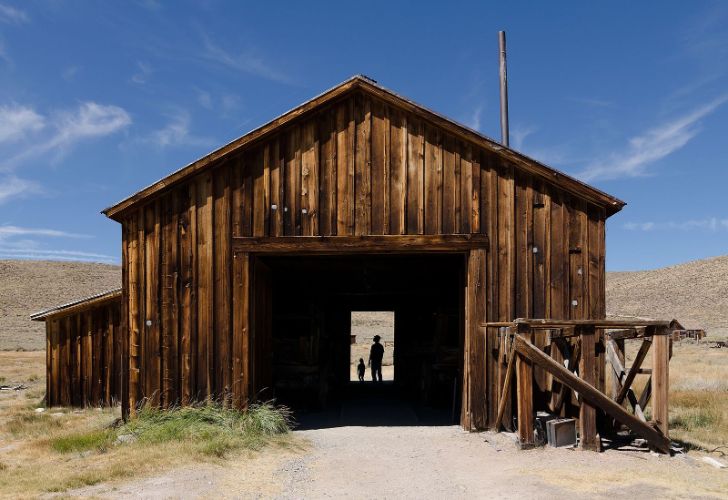
Bodie is located in the Bodie Hills of California, which is right next to the Nevada Border. It was another gold-mining town, booming during the gold rush. Between 1877 and 1881, it was another location with a population of 10,000. $39 million of gold and silver was mined during its lifetime. Of course, eventually Bodie ran out of gold. It became a ghost town, but was turned into a state park in 1962.
Power Plant IM
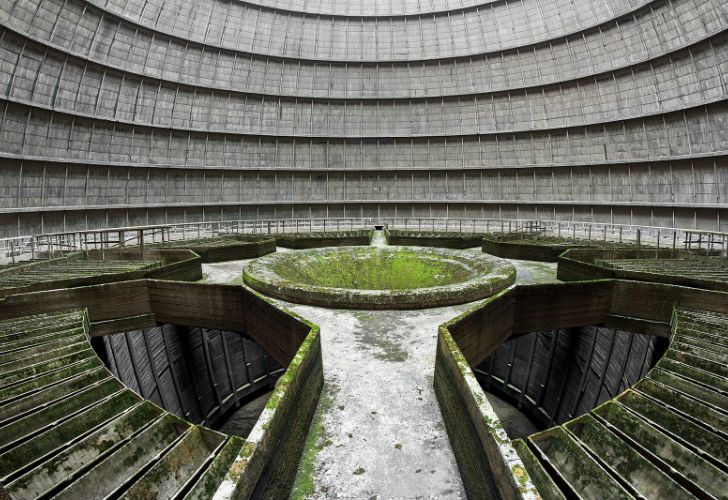
This abandoned power plant in Belgium looks like a science fiction set piece. Power Plant IM was constructed in 1921 and became the largest coal-burning plant in Belgium. It cost between $500 million and $1 billion to create. It was the primary source of energy for the town of Charleroi. However, in 2006 it was discovered that the power plant was responsible for 10% of all of Belgium’s CO2 emissions. As a result of protests, IM was closed in 2007. It’s been scheduled for demolition for years, but no one’s torn it down yet.
Tianducheng

Tianducheng is a former ghost town that was designed to look like a miniature version of Paris. It even has its own replica of the Eiffel Tower. It was built in 2007 in the city of Hangzhou, also gaining the name of Sky City. The population capacity was 10,000, but only 2,000 people showed up on opening day. Currently, the town’s population is around 30,000, but it still isn’t exactly making back its $30 billion investment.
Michigan Theatre
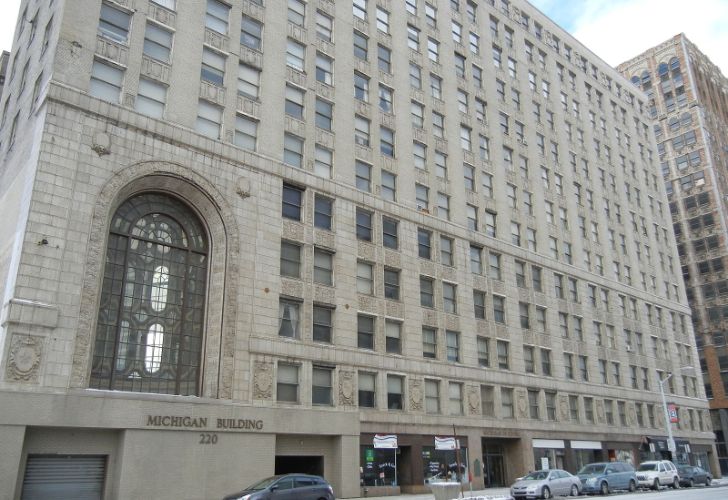
In 1925, the Michigan Theatre was constructed in Detroit for $42.4 million. It was designed to be a more elegant and opulent building, matching the reputation of the city during the time period. The theatre was open for 40 years before it changed hands. The new owners had little interest in running a theatre. By 1957, the theatre had been shut down and abandoned.
Kennecott
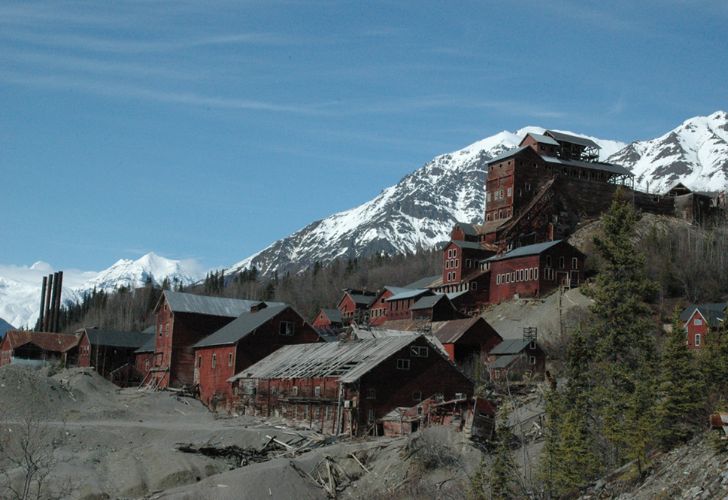
Gold wasn’t the only thing mined in Alaska. Kennecott was a top ten mine in the United States between 1915 and 1922. It was built in 1911 to mine copper and ended up producing $885.83 million (adjusted for inflation). Billions of pounds of copper were mined every year there. However, Kennecott was stripped bare in 1938. Since then, it’s remained a ghost town. Although, it was labeled a National Historic Landmark District in the 1970s, so that it couldn’t be torn down.
Kangbashi
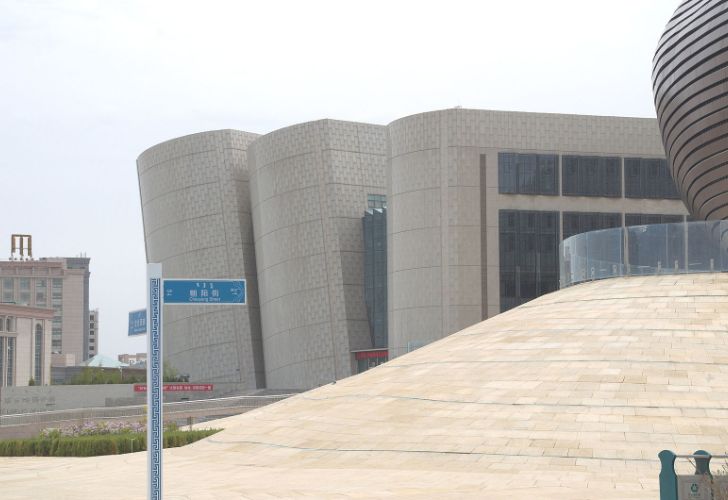
Kangbashi was an urban district in China. Announced in 2000, its construction was completed in 2016. It has a decorated civic square, grandeur, and almost no residents. It actually had a lack of relevant services and urban infrastructures. Property taxes were also high, which made sense considering it took $161 billion to build. The city was built to hold one million people and it only holds one tenth of that population.
Lake Reschen Bell Tower
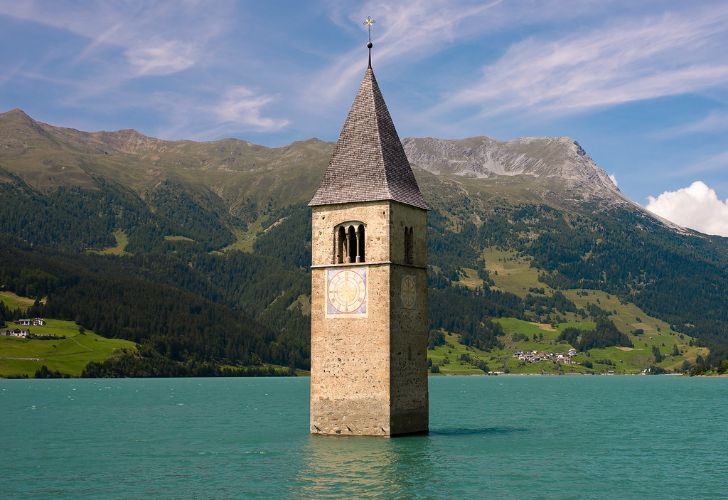
In 1950, the city of Reschen, Italy was flooded to create a dam for a hydroelectric power plant. 160 houses were blown up and flooded and the remaining villagers were forced to move. When Lake Reschen was drained in 2021, one of the first, and few, ruins to emerge in decent condition was the St. Catherine Bell Tower. The entire ordeal cost between $150 to $300 million to.
Sponsored Content

